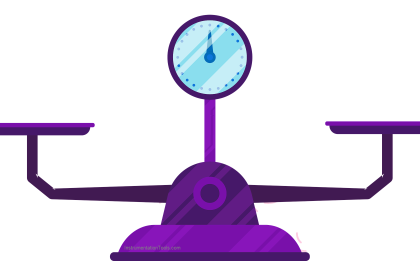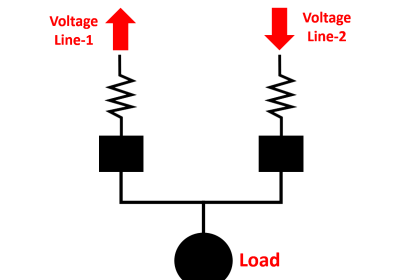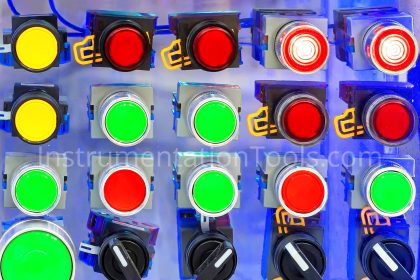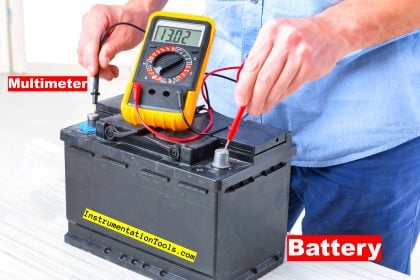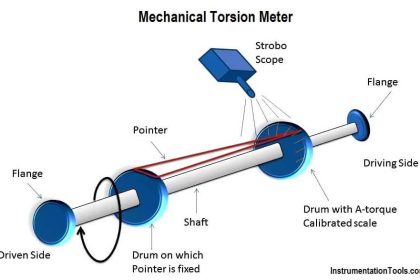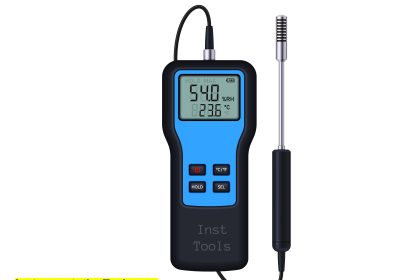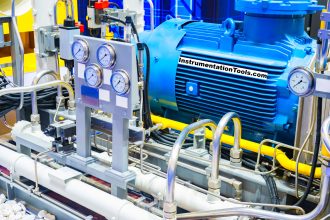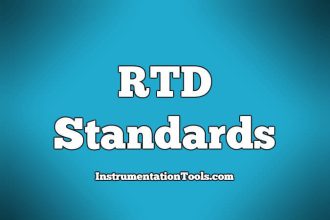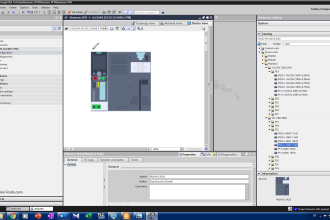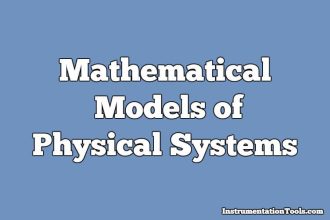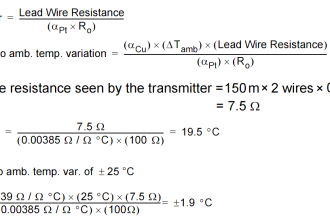SMP stands for Standard Maintenance Procedure. SMP is one of the most important documents for all maintenance engineers.
Standard Maintenance Procedure
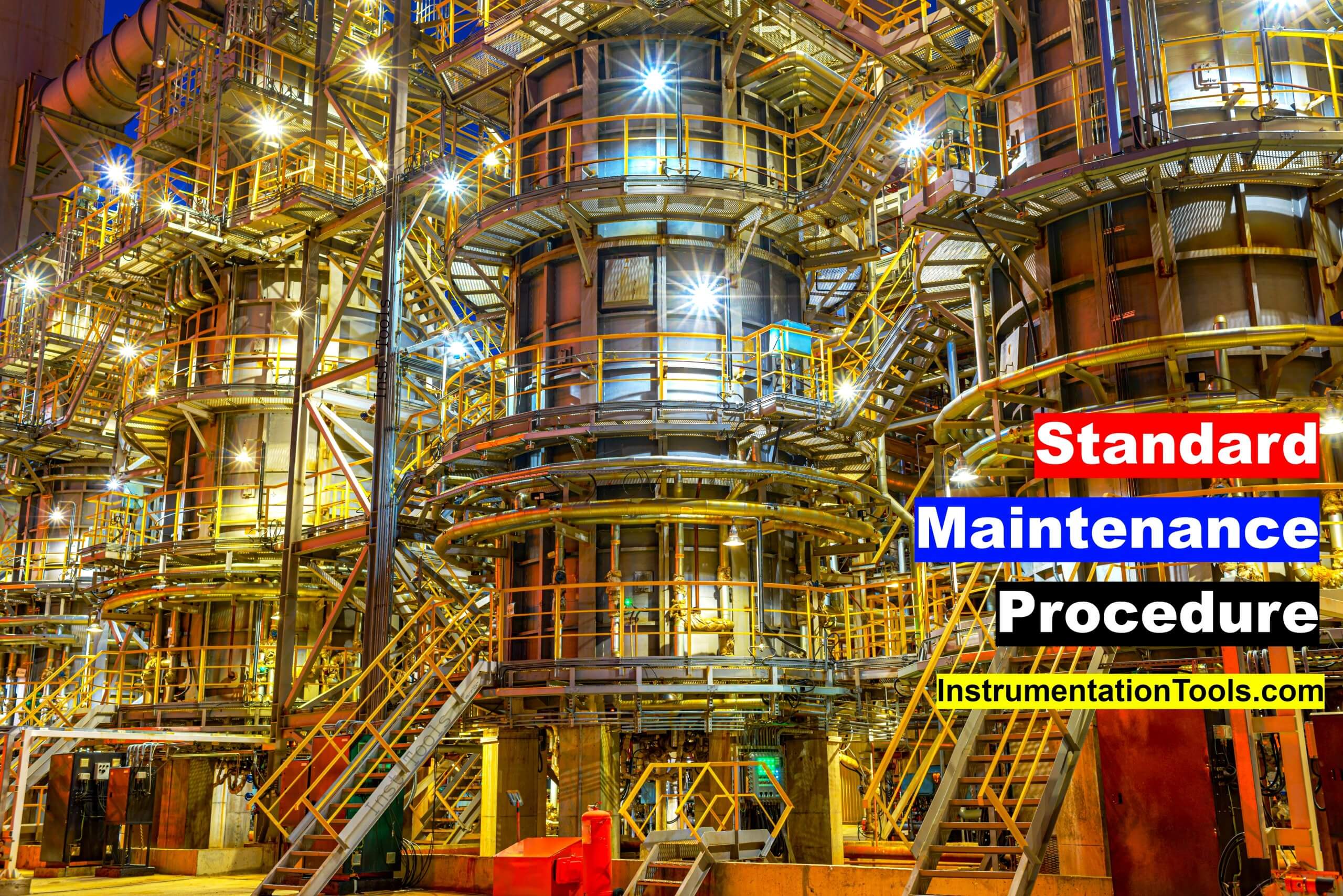
SMP is a form of document that contains every detail of any job to be conducted or carried out by a maintenance engineer.
For every job whether it is routine or non-routine, an SMP is made by competent maintenance engineers in almost every plant.
The SMP contains things like
- Description of the equipment
- Tag numbers of the same type of installation
- What will be the tools required for doing the maintenance job?
- What kind of manpower is required for doing the job?
- What hazards and safety precautions are needed to be taken care of while doing the job?
- What will be the spares required for doing the job?
- What will be the whole procedure for doing the job?
- How to maintain the records?
More Information about SMP
Let us have a look into all the above-mentioned points:
Description of the Equipment
The ‘Description of the equipment’ section of the SMP contains information regarding the description of the equipment.
The description of the equipment includes the type of the instrument and the make & model number of the instrument.
The working of the instrument is also covered in this section.
Tag Numbers of the Same Type of Installation
‘Tag numbers of the same type of installation’ contains the tag numbers of all the instruments with the same type of make and model number of instruments. This detail is very helpful while deciding the spare requirement.
Usually, the spare requirement can also be known from SAP but for small-scale industries, these kinds of documents can be helpful in knowing the similar type of installations.
What will be the tools required for doing the maintenance job?
Tools required for performing the maintenance job is one of the most important section of the SMP.
In this section, we can know what all tools are necessary for doing the job along with the requirement of Test and Calibration Instruments like multimeter, Scandura, Decade box, Tk3e, and many more.
This section of the SMP is very useful for engineers or technicians who have not done similar types of jobs in past.
What kind of manpower is required for doing the job?
The manpower which will be required for the job will be mentioned in this section of the SMP.
This section of the SMP tells whether a technician (field instrument technician or fire & gas technician or analyzer technician), fitter, or helper is required for the job.
What hazards and safety precautions are needed to be taken care of while doing the job?
Hazards and safety precautions are one of the most critical things which should be taken into consideration while anyone is doing any job in the plant.
For doing a maintenance job in a plant, all the hazards involved in the job should be considered before starting the job.
Appropriate safety precautions should be taken. All the basic PPE (Personal Protective Equipment) as well as job-specific PPEs should also be mentioned here.
What will be the spares required for doing the job?
Spare requirement for the job is listed in this section of the SMP. The spare of the specific tag number can also be found in the SAP system.
What will be the whole procedure for doing the job?
The procedure for performing this job is mentioned in this section of the SMP.
The permit procedure, interlock bypass requirement for working on the instrument, taking the control loop in manual mode while doing the job, taking the instrument out of line, instrument commissioning procedure, calibration procedure, and replacing the instrument, again normalizing everything is mentioned in this section of the SMP.
How to Maintain the Records?
Maintaining the records of the maintenance job is very important. A calibration report is to be prepared after every calibration.
Also for maintenance jobs on analyzers, the details of the reagent filled should be recorded. Job details like what job was done on the instrument like calibration, new lugging, and any part replacement should be recorded for future reference.
